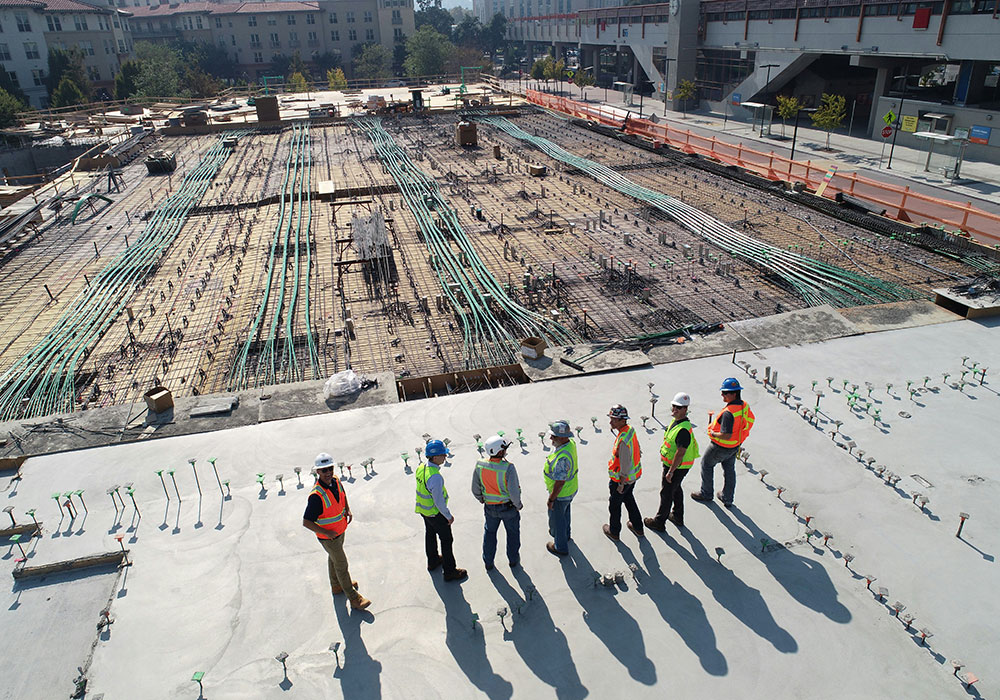Integration & Automation
Helping you to achieve significant improvements in efficiency, productivity, and overall performance.
Taking out the complexity
Imagine a busy factory.
- Solution integration is like assembling a complex machine. It involves taking various components (solutions) and fitting them together seamlessly to create an end-to-end unified and functional system. It’s about ensuring that all the parts work harmoniously to achieve a desired outcome.
- Automation design is like creating a conveyor belt system within the factory. It’s about designing efficient processes that automate repetitive tasks, optimise workflows, and improve overall productivity. It’s the blueprint for how the machine will operate smoothly and autonomously.
The Problem
Manual, repetitive tasks are drowning our team and crushing workplace morale daily."
Our disconnected systems create data silos, forcing staff to waste time double-handling information.
Every dollar spent on manual processes bleeds our bottom line and stifles business growth.
We're falling behind our competitors because we're spending too much time wrestling paperwork.
How we help

Our Integration experts will help you identify how your systems can be joined up in the best way possible.
Whether it is an integration (system-to-system sync) or data aggregation (data source to data warehouse), our Integration architects, designers, and engineers can deliver the solutions you need.
We consult with you to determine the highest-value automation opportunities where manual processes are either introducing errors or consuming time (and money). We then audit your environment to determine what combination of technology solutions will best fit within your tech and budget and achieve your goals.
From Enterprise Architecture through to writing custom integration ‘connectors’, we have the experience and expertise to help.
Blue Bike Outcomes
Streamlined Processes
Improved Resource Allocation
Enhanced Employee Satisfaction
Reduced Data Entry Errors
Optimised Resource Utilisation
Case studies









